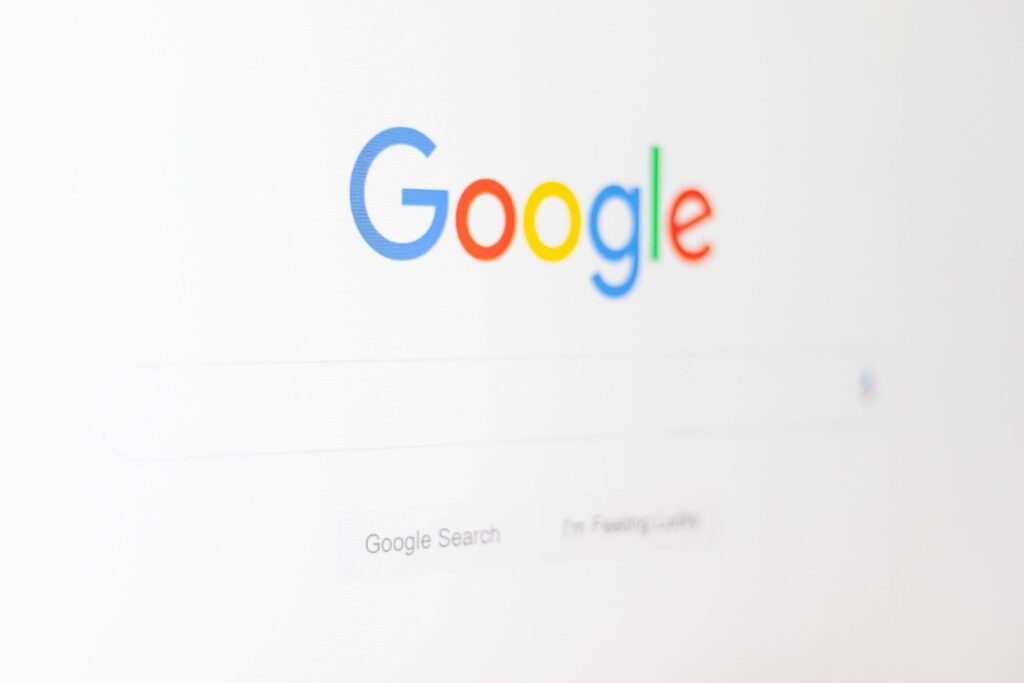When you’re creating a lot of content on a weekly or monthly basis, you may think you’ve got it down. But with the constant workflow of new ideas, content creation, and promotion of your blogs, podcast episodes, or videos, you may be forgetting a few crucial steps before you hit “publish.”
If you fail to properly set up your content, you could be selling yourself short. Badly optimized content is harder to find and frustrating to read. The result is low traffic and a high bounce rate — the exact opposite of what you want.
So before you send your content out into the world to make its mark, make sure you go through these 7 steps to give it the best possible chance of being seen and making an impact.
1. Have you done your keyword research?
It’s amazing how much content is released with little-to-no thought put into a keyword strategy. A thorough explanation of keywords would be an article on its own, but here are a few things to remember.
Address search intent

A “perfect” keyword with high search volume and low competition is not actually a good choice if your content doesn’t address search intent.
Here’s an example: Let’s say you have a new subscription-based service that is meant to help small businesses with lead generation. So you decide the keyword “website for lead generation” is a great choice for a piece of content about your service.
The problem is that when you google “website for lead generation,” all the top results are about how companies should optimize their websites for lead generation — NOT for third-party services. So that keyword is probably not a great fit. If you optimize for a keyword that doesn’t address search intent, your content will languish.
Don’t duplicate keywords
Avoid focusing on a keyword that you’ve already used. You’ll just be competing with your own content for rankings. If your previous piece of content isn’t performing well for that keyword, consider rewriting it instead of trying to get another article to rank.
Where to put your keyword
Where possible and organic, include your keyword in the following places:
- Headline
- First paragraph
- Image alt text
- Meta title
- Meta description
- Headers
- URL
- Outgoing links
If you can’t fit your keyword into these places in a way that is readable and makes sense, don’t do it.
2. Do you have a strong headline?

Your headline has one real job. That job is to get the intended audience to read the first sentence of your content or to push play on your video. As many as 8 in 10 people will read the headline. But only 2 in 10 will go on to read the blog post or article. Your job is to do better than 2 in 10, which you can accomplish with a strong headline.
Start with the benefit to the audience. Why should the reader or viewer spend their time on this piece of content? What will they get out of it?
Next, try to create a sense of urgency. Words like now, today, or fast will encourage your audience to take action (aka read your article) right away. This is key. If they plan to come back to it later, chances are they’ll forget.
Numbers work really well in headlines (like the one for this article). And always remember that clear is better than clever. If your brilliant pun muddies the intention of your article, you have to let it go.
Many content marketers suggest writing 20 to 25 headlines for each piece of content. Many of those will be duds. But chances are that at least one of them will be a winner.
3. Have you added a meta title & meta description?
If you don’t specify what you want your meta title and meta description to be, Google will select whatever it deems appropriate. This may work out for you, or it may not. So take the uncertainty out of it by writing your own.
Google usually only displays 50 to 60 characters of your title tag, so try to keep it under 60. And your meta description should be between 150 and 160 characters so it won’t be truncated. Make sure to use your keyword!
4. Have you broken up your text?

A wall of 2,000 words will discourage most readers. But 2,000 words broken up into 5 or 6 sections with subheaders will be much more readable.
The most successful content is easily readable and skimmable. Often people will skim through a piece of content, and only read the sections that attract their attention.
You can further separate your text with images, bulleted lists, infographics, and more.
Try to use your keyword in headers if it makes sense to do so.
5. Have you linked to related content?
If your audience has come across your article and found the headline compelling enough that they’re reading your article or blog post, they’re proving that they’re interested in what you have to say. So it stands to reason that they may be interested in more of your content.
Make it easy for them to find by linking to other articles you’ve written on similar subjects. The longer you can keep your audience on your site, the better your site’s organic rankings will be.
6. Have you optimized your images?

We’ve already discussed how useful images can be to break up the text on your content. But they also serve an important SEO function. By adding alt text to the images on your site, you’ll be providing another indication to the search engines as to what the content is about.
The alt text should accurately describe the image. But if possible, you should add your focus keyword or related keywords to the description. In addition to the SEO boost, this can also send more traffic to your site if your image appears in a related image search.
7. Do you have a clear call to action?
What step do you want your audience to take, now that they’ve read your blog post or watched your video? Make sure to tell them what to do next with a clear call to action.
On a YouTube video, it could be a request to like the video and subscribe to your channel. On your blog, it could be an invitation to share on social media or sign up for your mailing list. Or it could be a request to check out your pricing or sign up for push notifications.
Every piece of content you put out should have some kind of call to action. Without it, you’re encouraging your relationship with the audience to be one-sided — you produce, and they consume. You want an engaged audience that interacts with your content and with your business.
The Quickie Version
Here’s a quickie checklist of the 7 steps outlined above. Make sure to run through it before you hit “publish” on anything you post!
- Strong headline
- Keyword research that addresses search intent
- Meta title & meta description
- Subheaders to break up text
- Links to related content
- Images with alt text
- Call to Action
What other steps do you think content creators should take before they share their work? Let me know in the comments!
Want to Learn How Your Marketing Stacks Up?
To learn how your online efforts compare to what’s working NOW, take my quick marketing audit today! Let’s see if your business is a good candidate for getting more appointments with our
Rapid-Deployment Customer Attraction Systems.
Claim your FREE ExpertStatusMarketing Audit TODAY!


